
A chilling new analysis warns that by 2050, climate change could cause up to 15 million additional deaths worldwide. The figure may appear abstract, but behind it lies a grim reality—millions of people could lose their lives due to extreme heat, floods, droughts, food insecurity, disease outbreaks, and failing health systems. As the planet warms, the human cost of inaction is becoming painfully clear.
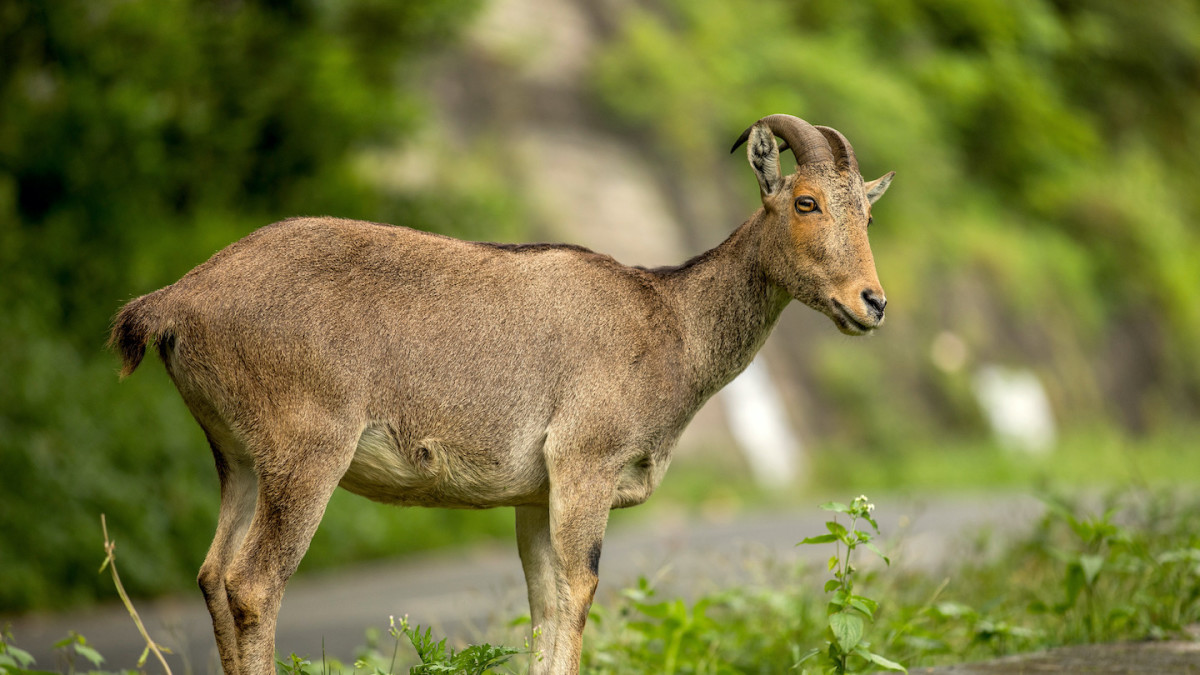
India’s Western Ghats — one of the planet’s most biologically rich landscapes — is now under serious threat. The International Union for Conservation of Nature (IUCN) has flagged the region as in a state of “significant concern”, pointing to climate change, infrastructure development, tourism and plantations as major stressors.
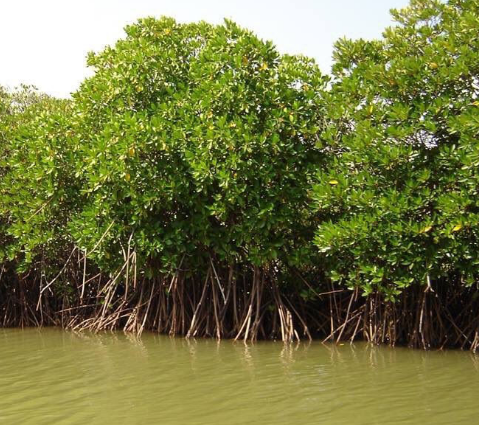
India has set in motion an ambitious push to restore its fragile coastal ecosystems, with more than 22,500 hectares of land already brought under the umbrella of the Mangrove Initiative for Shoreline Habitats and Tangible Incomes (MISHTI) scheme, and a remarkable 85 percent of that area concentrated in the state of Gujarat. The nationwide programme targets large‑scale mangrove restoration and conservation, signalling a significant step in coastal resilience and biodiversity regeneration.

A newly published study reveals alarming data about the pace of ice loss in Antarctica. Researchers have found that the Hektoria Glacier, located on the eastern Antarctic Peninsula, retreated approximately five miles in just two months—an erosion rate nearly ten times faster than the typical retreat observed for grounded glaciers.
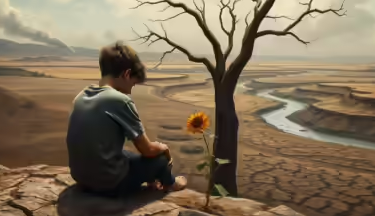
In recent years, the reality of climate change has become impossible to ignore, and its psychological impact is now emerging as a significant concern. A national survey conducted by Yale University and CVoter between December 2024 and February 2025 reveals that over 50% of Indian adults describe themselves as “very worried” about the impacts of climate change. This growing climate anxiety is not only a reflection of environmental concerns but also a sign of how deeply climate change is permeating daily life in India.

The Himalayan cryosphere is changing on the clock. Retreating glaciers are creating and enlarging thousands of lakes across the Indian Himalayan Region; many of these lakes are dammed by unconsolidated moraine or thinning ice and therefore carry a known, quantifiable risk of sudden collapse, a Glacial Lake Outburst Flood (GLOF). Official satellite inventories, national monitoring reports, and recent government programmes together show a definitive trend: more lakes, larger lakes, and mounting exposure of people and infrastructure downstream.
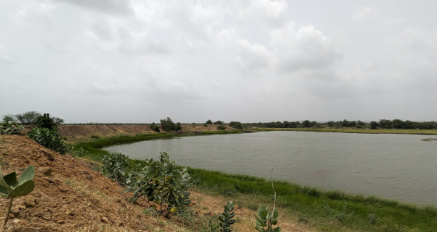
Ponds have been part of India’s everyday life for generations. Every village had multiple, usually managed by communities as sources of irrigation, drinking water, bathing, watering cattle, and performing rituals. Today, many of these ponds are disappearing. They are either converted into dry pits filled with garbage or have been buried under new buildings and roads. Even where water remains, it is often stagnant and polluted. The disappearance of ponds is both environmental and social and cultural loss.
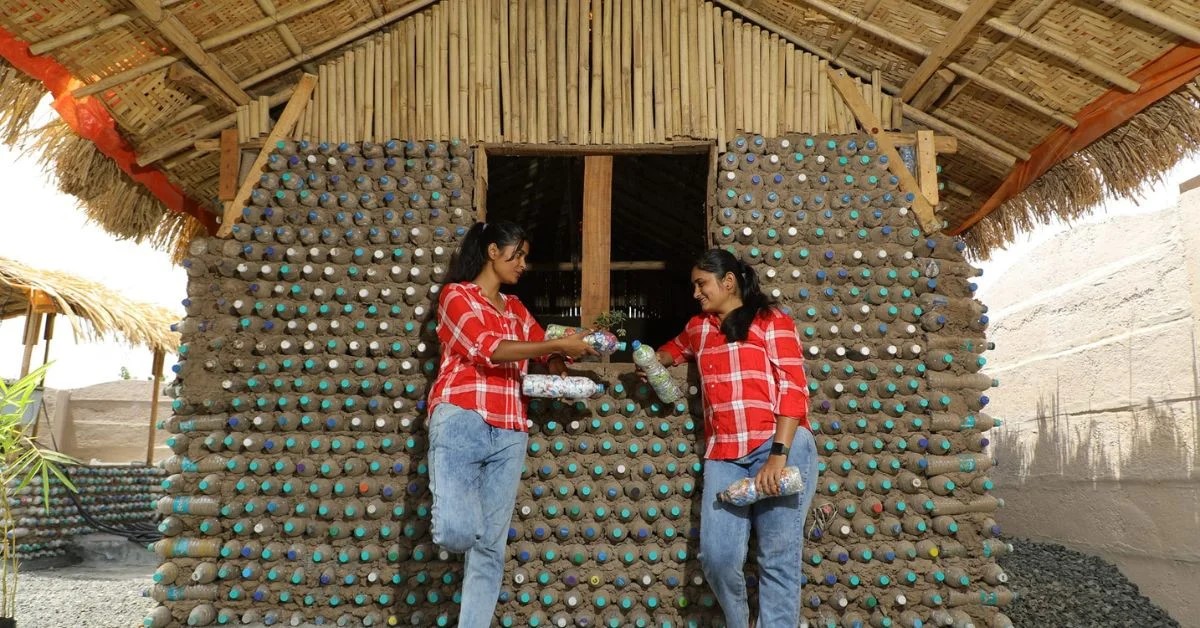
Have you ever wondered if something as ordinary as plastic could be the key to sustainable living? In the city of Aurangabad, two young women have transformed this everyday item into a house. But let's take a step back - did you know that globally, over 8 million tons of plastic find their way into our oceans every year, polluting our marine life and ecosystems? In India alone, we produce a whopping 3.5 million tonnes of plastic each year. And with the COVID-19 pandemic, things got even worse with an increased usage of plastic in our everyday purchases.

The Climate Reality Project's Campus Corps is a groundbreaking initiative that harnesses the passion and energy of young people to drive climate action on college campuses around the world. Founded by former Vice President & former Congressman Al Gore in 2006, The Climate Reality Project is a non-profit organization dedicated to catalyzing global solutions to the climate crisis. With the Campus Corps program, the organization aims to empower students to become leaders in the fight against climate change, amplifying their voices and advocating for sustainable solutions on campus and beyond.
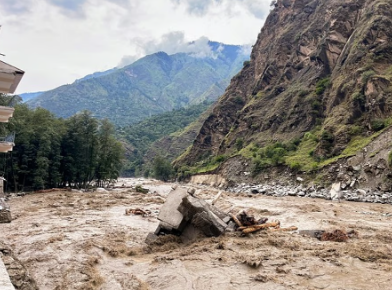
A cloudburst is an unusually intense and very short-duration rainfall event over a small area. In the Indian context, meteorologists often define it as more than 100 mm of rain in one hour over an area of roughly 30 km² or less. The mechanism involves warm, moisture-laden air that is forced upward (often by steep terrain), cools rapidly, forms deep cumulonimbus clouds, and then “bursts” when it can no longer hold the condensed water — releasing an enormous downpour in a brief span. In mountainous regions this sudden deluge can trigger instant runoff, flash floods and landslides — because the steep slopes and narrow valleys accelerate water and debris flow.